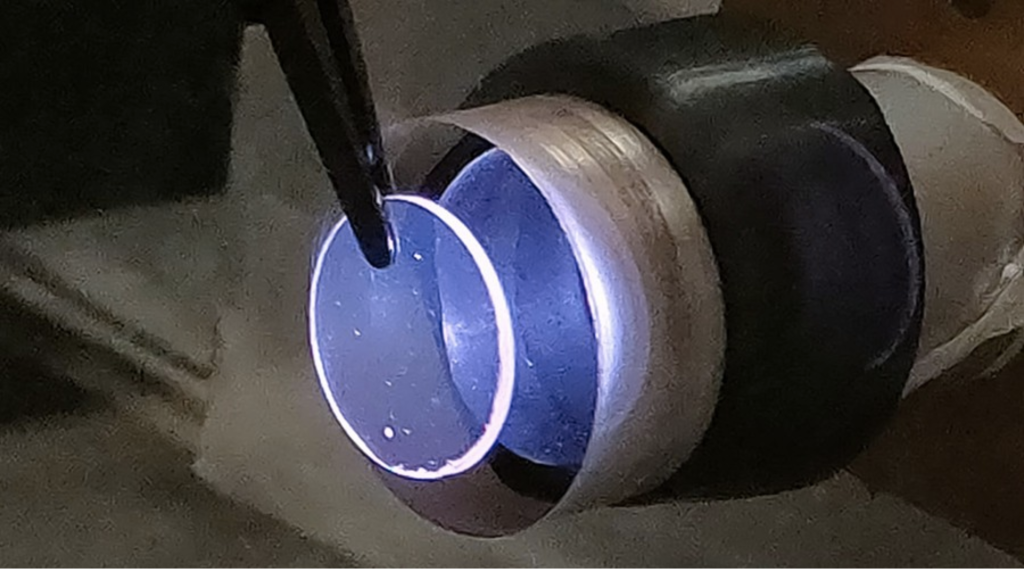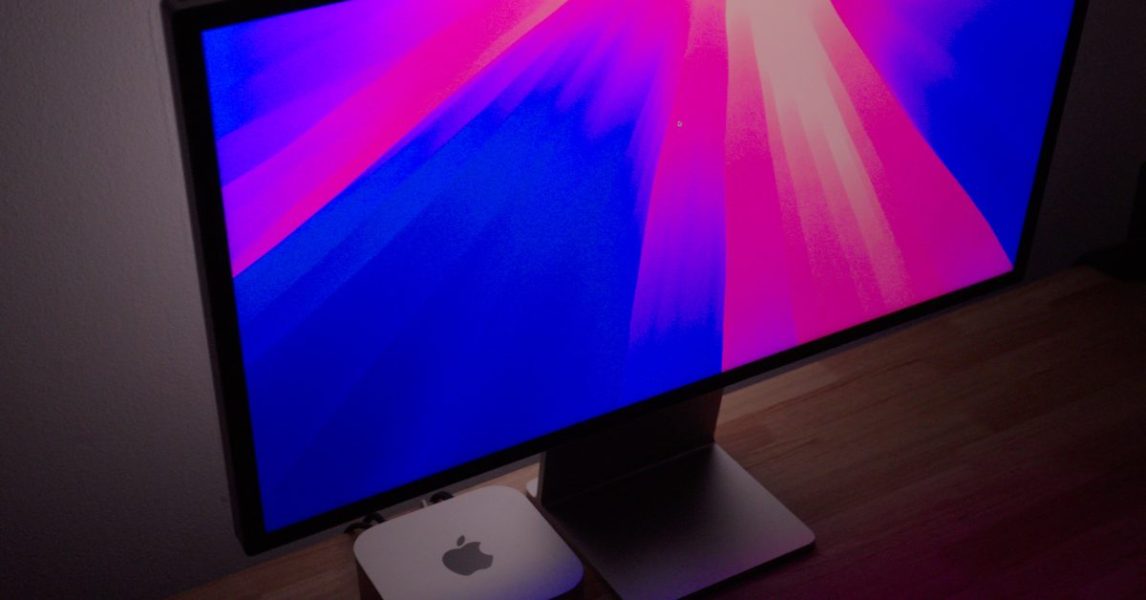Quantum-inspired technique transforms crystal gaps into terabyte storage – Interesting Engineering

To create the new memory storage technique, the team added ions of “rare earth,” a group of elements also known as lanthanides, to a crystal.a day agoa day ago2 days ago2 days ago2 days ago2 days ago3 days ago3 days ago3 days ago3 days ago3 hours ago4 hours ago6 hours ago7 hours ago8 hours ago9 hours ago9 hours ago9 hours ago9 hours ago9 hours agoBojan StojkovskiA crystal used in the study charges under UV light. The process created by Zhong Lab could be used with a variety of materials, taking advantage of rare earths’ powerful, flexible optical properties.Zhong Lab
Researchers at the University of Chicago Pritzker School of Molecular Engineering have developed a method to store data using crystal defects as ones and zeroes, each the size of an individual atom.UChicago PME Assistant Professor Tian Zhong explained that each memory cell is created from a single missing atom, or defect. This approach allows terabytes of data to be packed into a small cube of material just a millimeter in size, shows the research published in Nanophotonics.The innovation showcases UChicago PME’s interdisciplinary approach by applying quantum techniques to transform classical, non-quantum computers. It repurposes research originally focused on radiation dosimeters – devices typically used to measure radiation exposure for hospital workers – into revolutionary microelectronic memory storage.According to first author Leonardo França, a postdoctoral researcher in Zhong’s lab, they integrated solid-state physics used in radiation dosimetry with research focused on quantum science, even though their work is not purely quantum. This interdisciplinary approach enabled the development of groundbreaking microelectronic memory storage.The researcher further adds that their work bridges quantum and optical data storage, meeting the need for better quantum systems and improved classical memory storage. The research began during França’s Ph.D. studies at the University of São Paulo in Brazil, where he focused on radiation dosimeters – devices that passively monitor radiation exposure for workers in hospitals, synchrotrons, and other radiation facilities. These materials can absorb radiation and store the exposure information for a specific period.França explained that when the crystal absorbs enough energy, it releases electrons and holes, which are then captured by the defects. This information can be read by releasing the electrons and detecting them optically. Recognizing its potential for memory storage, França brought this non-quantum approach to Zhong’s quantum laboratory, leading to the interdisciplinary innovation.To develop this innovative memory storage technique, the team incorporated rare earth elements, also known as lanthanides, into a crystal. They specifically used praseodymium and an yttrium oxide crystal, though the process they developed can be applied to a variety of materials, utilizing the powerful and flexible optical properties of rare earth elements.As França further explains, rare earth elements exhibit specific electronic transitions that allow for the selection of precise laser excitation wavelengths for optical control, ranging from UV to near-infrared regimes.In contrast to dosimeters, which are activated by X-rays or gamma rays, this storage device is triggered by a simple ultraviolet laser. The laser excites the lanthanides, causing them to release electrons. These electrons are captured by defects in the oxide crystal, such as gaps where a single oxygen atom is missing. The technique leverages these inherent defects, which are found in both natural and artificial crystals.While crystal defects are commonly used in quantum research to create “qubits,” the UChicago PME team discovered a new application. They successfully controlled which defects were charged and which weren’t, designating charged gaps as “ones” and uncharged gaps as “zeros”, with the innovation transforming the crystal into a highly efficient memory storage device, surpassing previous limits in classical computing.Bojan Stojkovski Bojan Stojkovski is a freelance journalist based in Skopje, North Macedonia, covering foreign policy and technology for more than a decade. His work has appeared in Foreign Policy, ZDNet, and Nature.Stay up-to-date on engineering, tech, space, and science news with The Blueprint.By clicking sign up, you confirm that you accept this site’s Terms of Use and Privacy Policya day agoa day agoa day agoa day agoPremiumIE PROFollow
Source: https://interestingengineering.com/innovation/terabytes-of-data-in-millimeter-crystal



